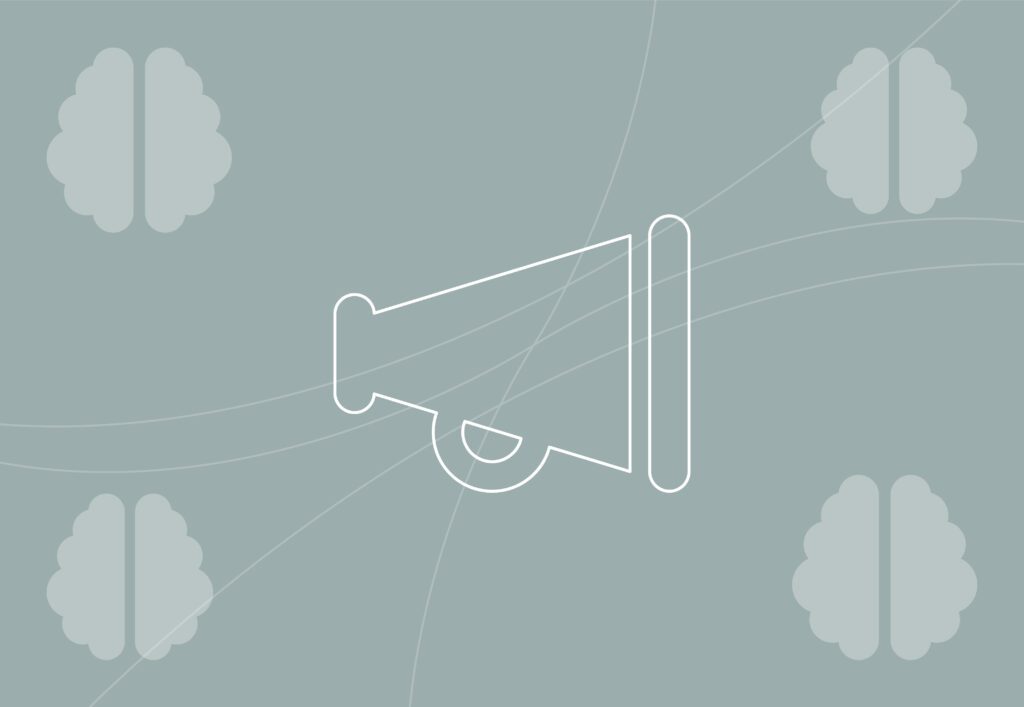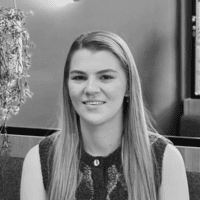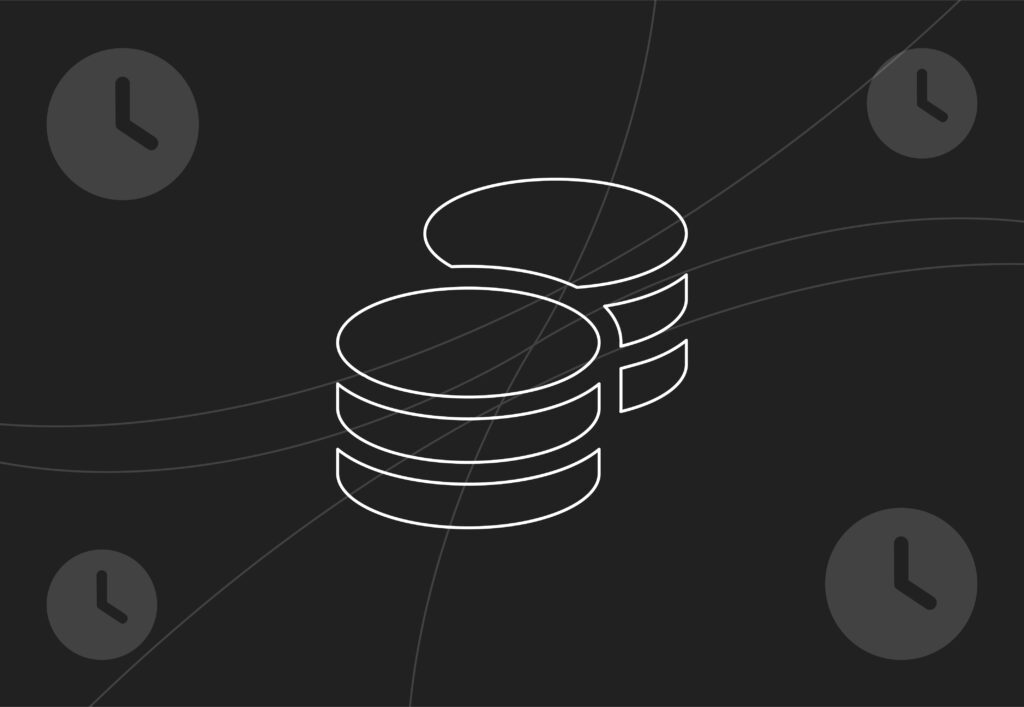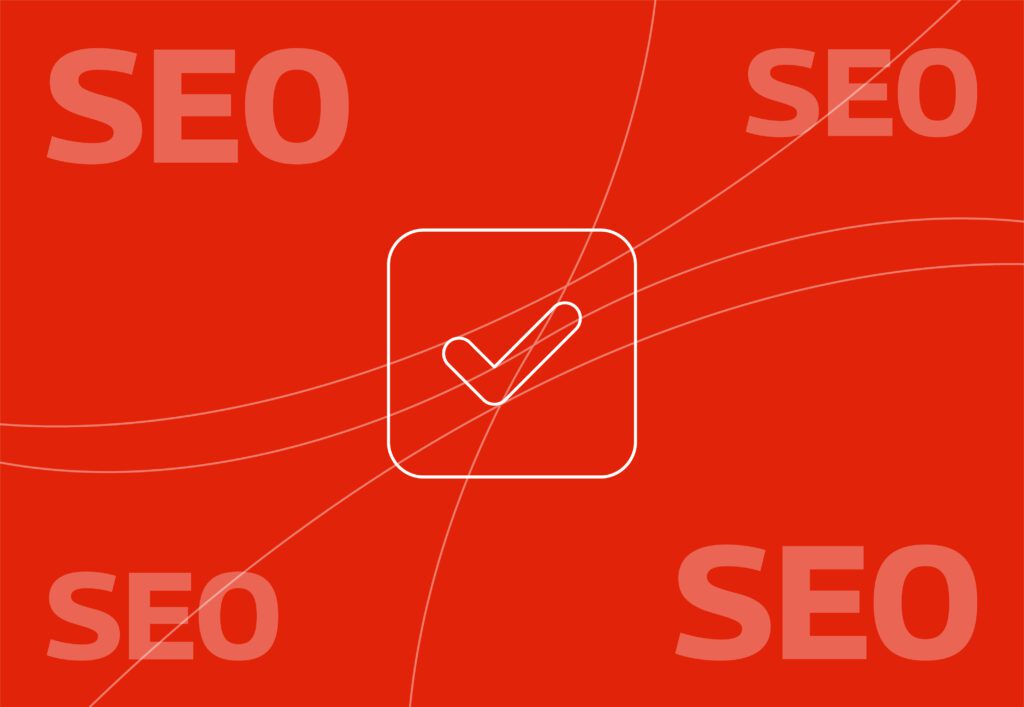
Behavioural insights and marketing: Turning psychology into strategy

Traditional marketing is built on the belief that consumers are rational. For decades, we have assumed that people weigh the pros and cons, compare prices, and make logical choices when making decisions. However, behavioural science tells us a different story: people buy with their hearts, not with their heads. This is where behavioural insights marketing comes in.
Behavioural Insights Marketing combines psychology, behavioural economics, and marketing strategy to understand why people actually make purchasing decisions. It focuses on the small mental shortcuts, emotions, and biases that drive decision-making, the kind of hidden influences that data alone can’t explain.
If your campaigns aren’t landing, it’s probably not your creativity that’s failing; it’s the assumption of rationality. This blog will help you move from guesswork to a true Consumer Behaviour Strategy, showing you how to use behavioural science to create messages, experiences, and funnels that work with human behaviour, not against it.
What is nudge theory, and how can marketers use it?
A nudge is a subtle cue that gently steers people toward a certain choice without limiting their freedom. Think of it as guiding, not pushing. For example, default options like “subscribe & save” or showing that “90% of customers choose this plan.” Social proof and default settings are simple nudges that make decisions feel easier and more natural.
Smart marketers use nudges to encourage desired actions, from signing up for a newsletter to choosing a higher-tier product, all by making the right choice feel like the easy choice.
The dual-process model:
Psychologists Daniel Kahneman and Amos Tversky revealed that our brains use two systems to make decisions:
System 1: Fast, emotional, instinctive.
System 2: Slow, logical, deliberate.
Marketing that resonates typically speaks to System 1, the part that reacts, feels, and decides in seconds. While facts and stats feed System 2, emotion-driven design, storytelling, and cues grab System 1’s attention first.
Understanding consumer behaviour
- Loss Aversion: People fear losses more than they value gains. (“Don’t miss out!” beats “Get yours today.”)
- Reciprocity: When you give something valuable first (like a free resource), people feel inclined to return the favour.
- Anchoring: The first number seen sets a mental reference point for future comparisons.
- Social Proof: We look to others when unsure. Reviews, ratings, and testimonials build instant trust.
- Scarcity: The rarer something feels, the more we want it.
Analysing the top 5 cognitive biases in advertising and CRO
Scarcity bias: The urgency lever
“Only 2 left!” or “Offer ends tonight!” taps into our fear of missing out, boosting urgency and conversions.
Social proof bias: The power of the crowd
Showcasing happy customers, star ratings, or “bestseller” badges reassures potential buyers through collective approval.
Anchoring bias: Setting the price perception
Showing a higher-priced item first makes subsequent prices seem like better deals. This is a classic pricing psychology trick.
Framing effect: How the message is delivered
“90% fat-free” sounds healthier than “10% fat.” The same information, different emotional impact.
Choice overload: Why simplicity sells
Too many options can paralyse decision-making. Streamlined menus, clear CTAs, and curated bundles make the choice effortless.
Actionable strategy
Top-of-funnel: Grabbing attention with attention bias
- Use headlines and visuals that break patterns — unexpected colours, strong contrasts, or curiosity-driven copy like “You’re doing this wrong…”
Mid-funnel: Building trust with authority and reciprocity
- Offer valuable freebies (guides, templates, trials) and back your claims with expert endorsements or credentials to strengthen credibility.
Bottom-of-funnel: Driving conversions with loss aversion and defaults
- Highlight what users lose by not acting: “Your basket will expire soon!” and simplify checkout flows with pre-selected options to reduce friction.
Measuring the success of your behavioural marketing experiments
You’ve implemented behavioural insights into your campaigns, but how do you know if they’re actually working? The beauty of Behavioural Insights Marketing is that every principle can be tested, measured, and optimised. Instead of relying on gut feelings, you can use data to validate which psychological triggers truly influence your audience.
Start by setting up controlled A/B tests for individual behavioural elements. For example, test how adding urgency (“Limited offer ends tonight!”) impacts conversions compared to a neutral version. Or, try swapping out a standard testimonial for one that emphasises social proof (“Over 10,000 marketers use this tool!”) to see which version builds more trust
The key is to isolate variables, change one behavioural cue at a time, so you can clearly attribute performance differences to that factor. Use heatmaps, scroll tracking, and session replays to watch how users interact with your changes. Do they click faster? Spend longer reading certain sections? These subtle behaviours often reveal more than click-through rates alone.
When measuring success, go beyond surface metrics like impressions or clicks. Focus on indicators that show real engagement and conversion lift:
- Conversion Rate (CVR): The ultimate indicator of behavioural success.
- Bounce Rate: A drop may suggest better alignment with cognitive expectations.
- Revenue Per User (RPU): A good measure of how well pricing and anchoring strategies are working.
- Average Session Duration: Indicates emotional engagement and message resonance.
Behavioural testing is never “one and done.” Treat it as an ongoing experiment, tweak, observe, and refine continuously. Over time, you’ll start to uncover your brand’s unique behavioural triggers, giving you a psychological edge that can’t be copied by competitors.
Let’s make this practical. Suppose you want to test scarcity vs. social proof on your product page. Create two versions:
Version A (Scarcity): “Only 3 left in stock, order now!”
Version B (Social Proof): “Over 1,000 customers bought this last week!”
Run both versions for a statistically significant sample and track not just purchases, but how users interact with your CTA and time-on-page. You might find that scarcity creates urgency, but social proof builds confidence — and a combination of both can deliver the best results.
Key metrics to track beyond the click
Clicks are easy to count, but behaviour is what matters. To measure the true impact of behavioural insights marketing, consider these additional metrics:
Micro-conversions: Form fills, video views, and add-to-carts that show progressive commitment.
Engagement depth: Scroll depth, hover time, and interaction with elements like FAQs or reviews.
Retention and repeat purchase rate: A sign that your behavioural cues are building long-term trust, not just short-term actions.
By focusing on how your audience behaves, not just what they click, you can build a marketing strategy rooted in evidence, not assumption.
Conclusion
The marketing landscape is changing fast. In an era where consumers are bombarded with thousands of messages daily, creativity alone isn’t enough. To truly stand out, you need to understand the why behind human decisions. That’s where Behavioural Insights Marketing becomes your most powerful tool.
This approach bridges the gap between psychology and strategy. It empowers marketers to create campaigns that feel intuitive, relatable, and human. Whether you’re designing a pricing page, crafting ad copy, or optimising an outreach email, behavioural insights help you anticipate what customers will do, not just what you hope they’ll do.
Remember: psychology isn’t manipulation, it’s empathy, translated into design and communication. When you understand how people think, you can build experiences that reduce friction, inspire trust, and drive genuine engagement.
So, as you move forward, think like a behavioural scientist. Test small. Learn fast. Refine constantly. And most importantly, start designing for real human behaviour. Because in today’s world, psychology isn’t just an advantage. It’s the new marketing strategy.



